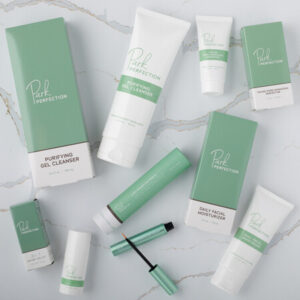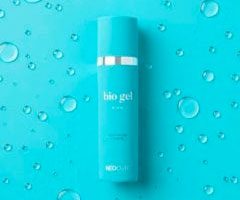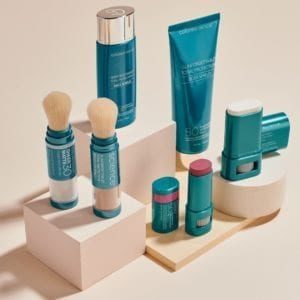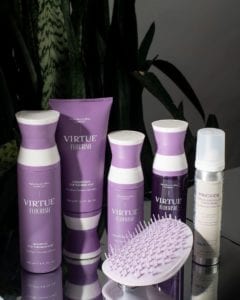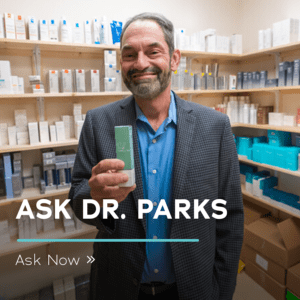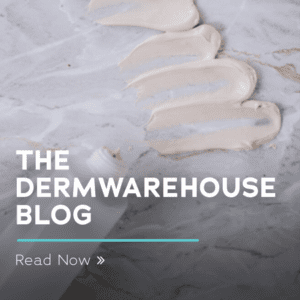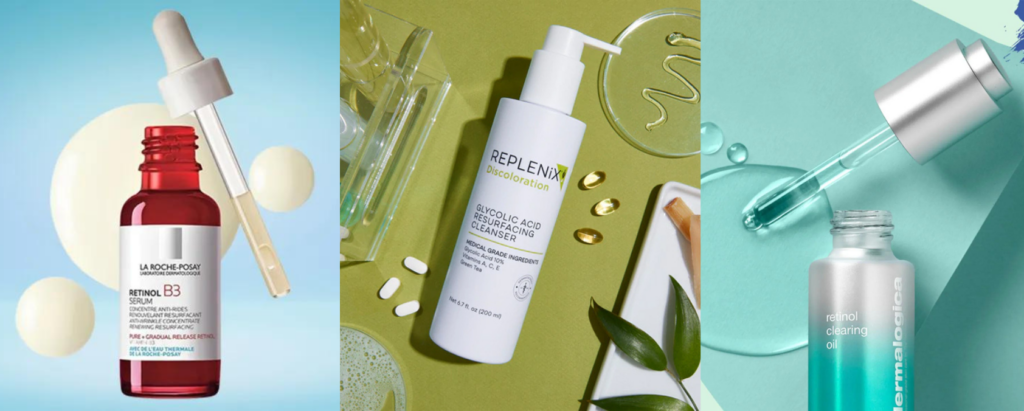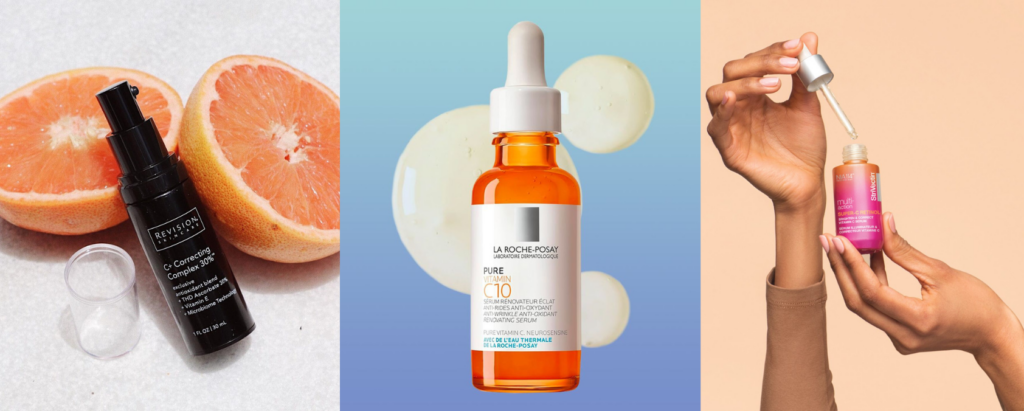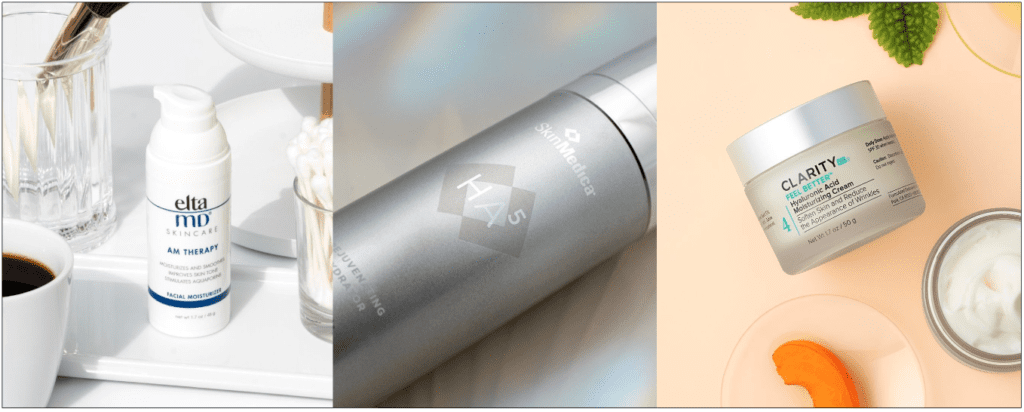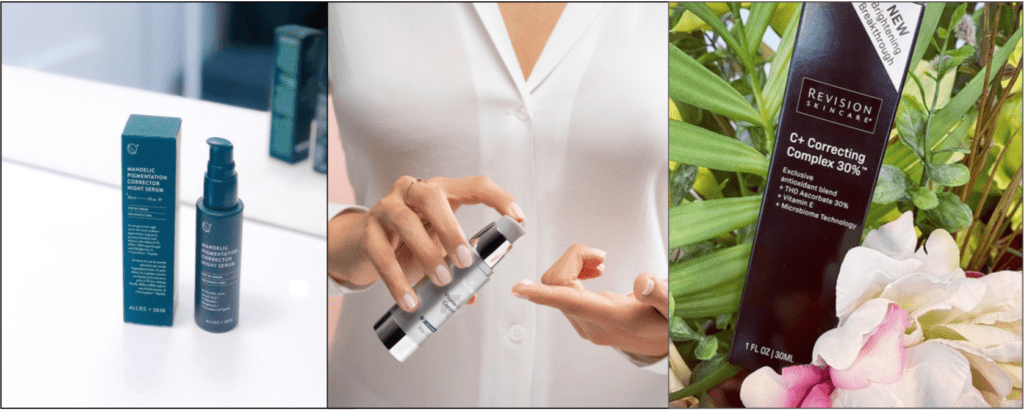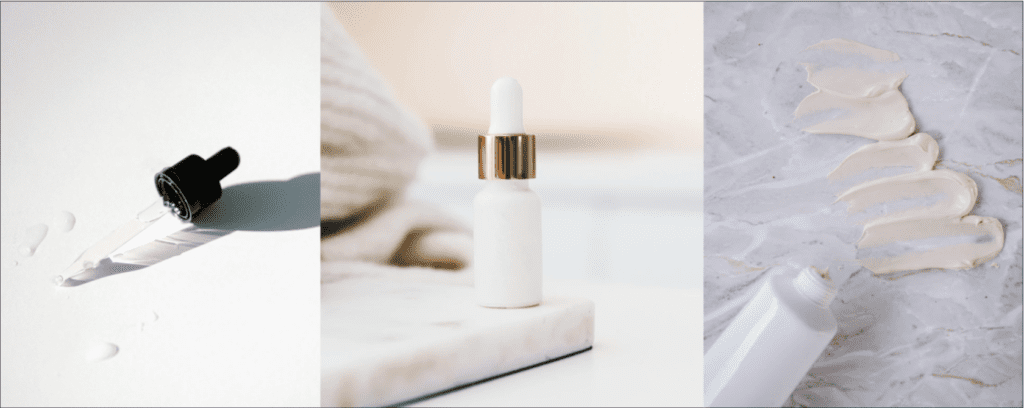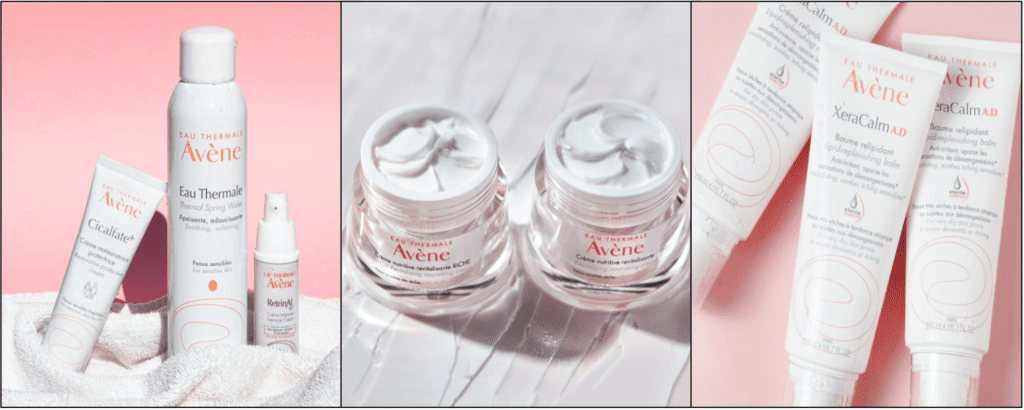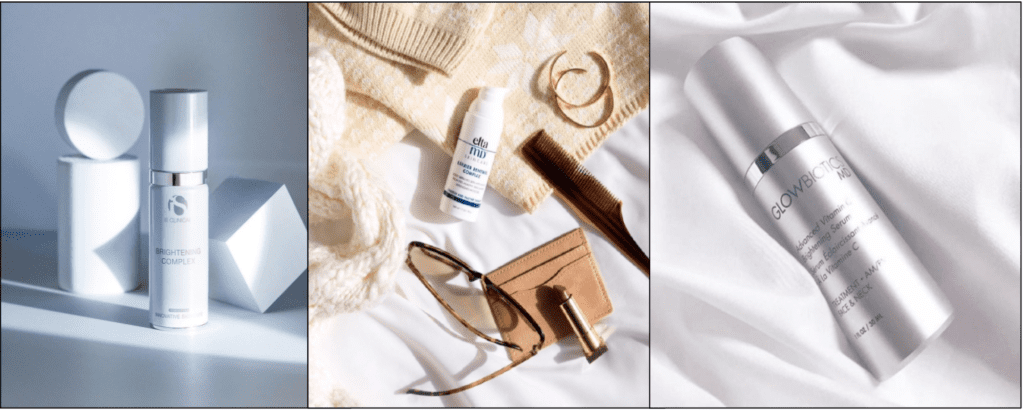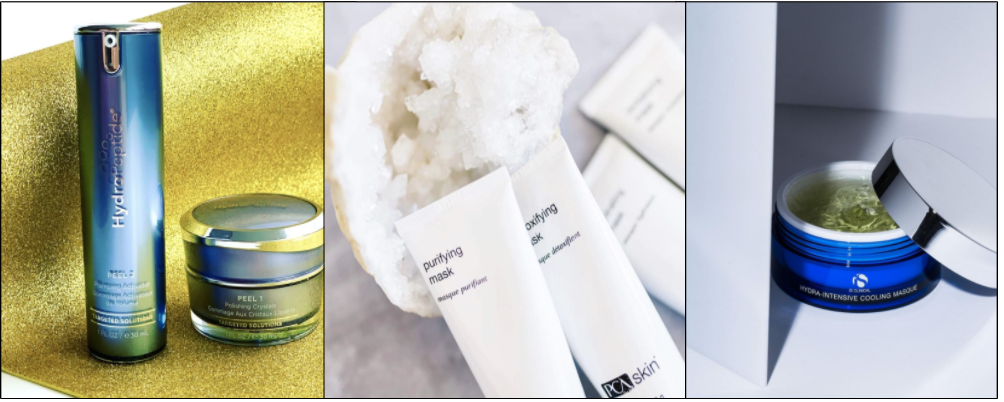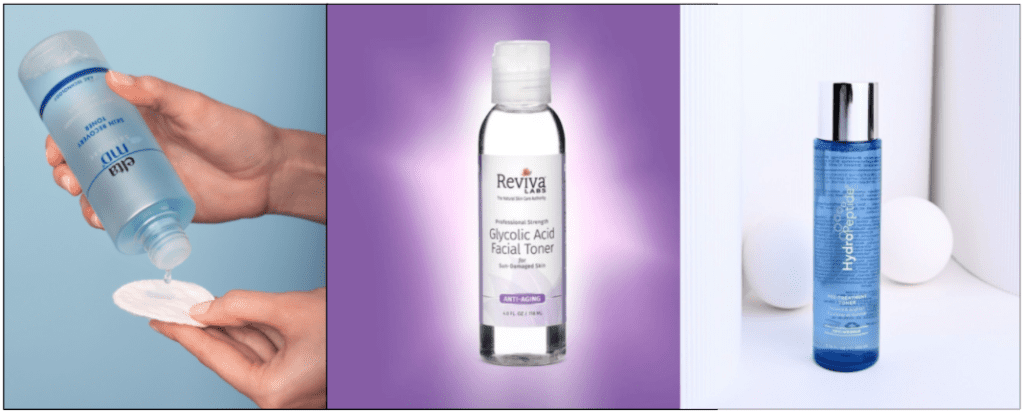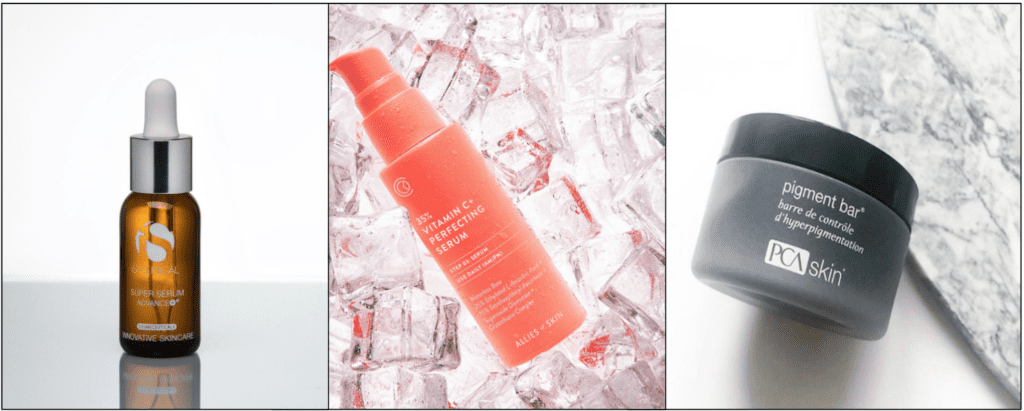Nowadays, it seems like everyone has a 10 or 15 step skincare routine, including multiple serums, moisturizers, eye creams and more. Over the past few years, skincare routines have become more and more normal, but many don’t realize that adding more and more steps may actually be harming your skin rather than healing it. There are so many ingredients out there, including acids, retinol, hydrators, pore refiners, etc, but some of these actually aren’t meant to be used in conjunction with certain other products. Below, we’ll show you some of the ingredients that work well together, and then some that don’t.
DO: Glycolic Acid and Vitamin C
Both glycolic acid and Vitamin C are known for their exfoliating properties, helping to increase the turnover rate of dead skin cells within the skin, increase collagen production, and inhibiting melanin production in the skin, helping to fade dark spots. When these ingredients are used together, they’re known to be great at helping with hyperpigmenation, enlarged pores and bumpy skin texture. However, if you have severely sensitive skin, it may be best to stick with just one of these exfoliants at a time. If you’re looking to double up on your serums, try combining the Glytone Exfoliating Serum 11 with the Revision Skincare Vitamin C Lotion 15% for a powerful exfoliating effect combined with skin-brightening antioxidants.
DO: Retinol and Hyaluronic Acid
Retinol is also a highly effective chemical exfoliant for the skin, known most notably for its anti-aging and anti-acne benefits. Because it is known to be so effective at exfoliating the skin, retinol can be a bit irritating and drying for beginners or those with sensitive skin. Moisturizing ingredients like hyaluronic acid are a great addition to retinol, as it is a humectant and draws in moisture and keeps the skin hydrated, making retinol even more beneficial for your skin concerns. Master your nighttime routine by combining two products such as the Jan Marini Age Intervention Retinol Plus and a moisturizer with hyaluronic acid like the ClarityRx Feel Better moisturizer.
DO: Benzoyl Peroxide and SPF
Like retinol, benzoyl peroxide is hailed as a holy-grail ingredient for treating severe cases of acne. It helps to dry out flare ups and regulate oil production in the skin, leading to decreased breakouts and less oily skin. However, it can be drying when used consistently, and can make the skin more vulnerable to sun damage. Even on days when you’re not using benzoyl peroxide, make sure you’re applying sunscreen to protect your already delicate skin. Treat persistent acne with a product like the Clearogen Acne Lotion with benzoyl peroxide and follow up with an SPF like the Elta MD UV Clear SPF 46, which also helps to heal acne-prone skin.
DON’T: Chemical Exfoliants (AHAs/BHAs) and Retinol
Both retinol and chemical exfoliants like AHAs and BHAs are exfoliating for the skin under the top layer. Both ingredients are great for preventing and treating signs of aging, acne and acne scars, hyperpigmentation and more, but when used together, they can be severely drying and irritating for the skin, especially if you’re using both in strong concentrations. It’s best to alternate days of using each ingredient in order to prevent damage to the skin. Try using a product like the iS Clinical Tri-Active Exfoliating Masque with salicylic acid every other night and using a retinol treatment like the SkinMedica Retinol Complex 1.0 on the other nights.
DON’T: Vitamin C and Retinol
Similar to AHAs/BHAs, Vitamin C helps to chemically exfoliate the skin, as well as fight off free radicals and help to brighten the skin. It’s most useful for your morning routine, used with sunscreen, to protect the skin from sun damage and work to brighten the skin at the same time. When used in conjunction with retinol, it could have negative effects on your skin, as they’re both typically used for different concerns and can cause irritation to the skin. Your best bet is to stick to Vitamin C in the morning and retinol at night. Start your morning by using one of our favorite Vitamin C products, the Citrix Vitamin C Pro-Collagen Brightening Serum, and after you wash your face at night add in a retinol like the Obagi360 Retinol 1.0.
DON’T: Niacinamide and Vitamin C
Although both of these ingredients are known as antioxidants, each ingredient’s effectiveness is decreased when they’re used together. Both of them are great when used on their own, for concerns like hyperpigmentation, uneven texture and enlarged pores, you’re better off using them at separate times, ideally Vitamin C in your morning routine and Niacinamide in your evening routine. Add in a heavier concentration of Vitamin C in the morning, like the Revision Skincare Vitamin C Lotion 30%, and finish off your night with a product containing Niacinamide, like the Allies of Skin Mandelic Pigmentation Corrector Night Serum.
At the end of the day, you need to do what’s best for your individual skin. Even though some of these ingredients work well together, if you have sensitive skin, you may see some irritation and should adjust your routine as needed.

